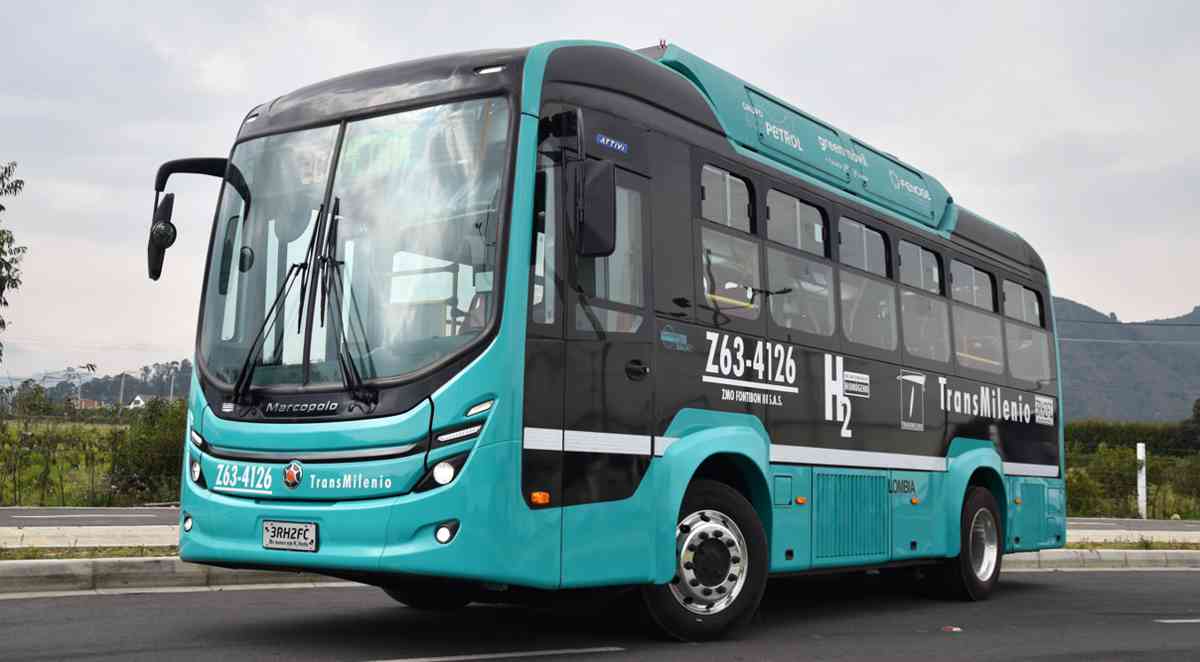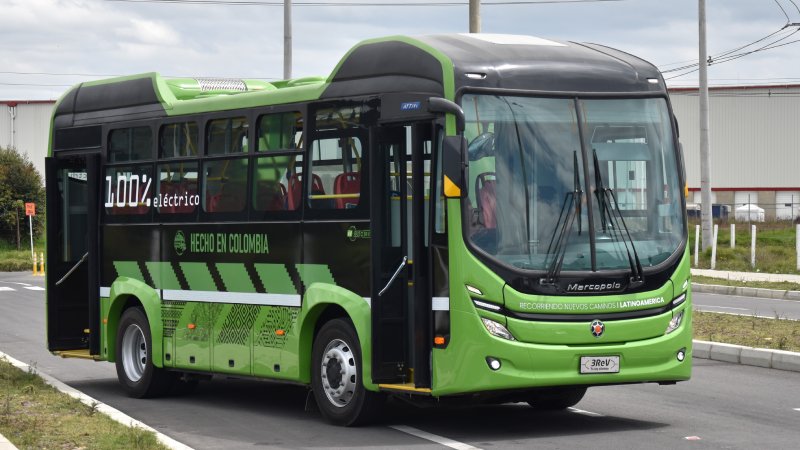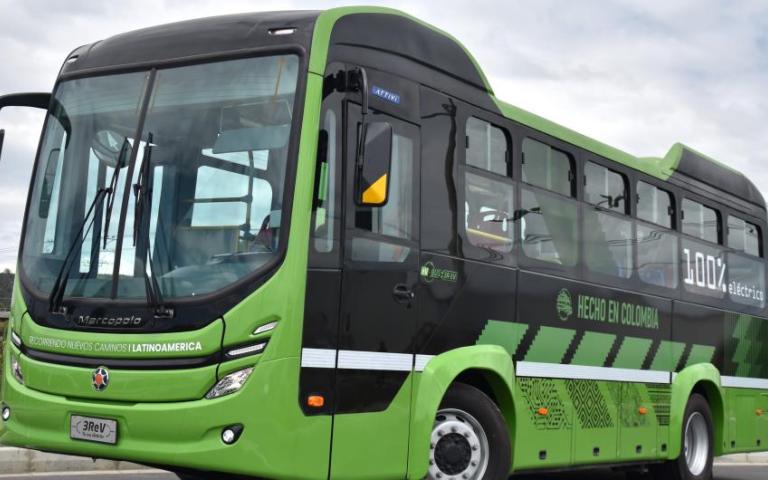Marcopolo Superpolo, a leader in bus assembly in Colombia, has taken an important step towards sustainable mobility by presenting two innovative bus models, one electric and the other powered by hydrogen, which will be assembled at its Cota plant.
Ecological Motor Train Both buses are equipped with Siemens synchronous permanent magnet motors that deliver 308 HP and an impressive torque of 3,000 Nm available instantly, which will give them great performance.

The difference lies in autonomy and recharge times. The electric bus has a range of 260 km per full charge, which can be done in up to 2 hours. On the other hand, the hydrogen bus offers a range of up to 450 kilometers and recharging with hydrogen only takes 15 minutes. Because of this, both buses are focused on the urban market rather than the long-haul sector.
First Hydrogen Station Precisely for the future fleet of Marcopolo Superpolo hydrogen buses, it will be integrated into the ecosystem designed by the city of Bogotá, and it is expected that they will be able to refuel at the first green hydrogen generation station in the country, located in the town. of Fontibón.
This station, operated by Green Móvil, represents a milestone in the search for clean and sustainable alternatives for transportation. It was built by Ecopetrol, Fanalca and the National Federation of Energy Managers (Fenoge) with an investment of 22 billion pesos and a production capacity of more than 23 tons of hydrogen per year.
The Start of Production With the arrival of these buses to the Marcopolo Superpolo portfolio, the company hopes to start making 6 chassis per month at its plant in Cota. In a second phase, the company would make 22 chassis per month, and with the construction of a new pavilion, it will be able to make up to 99 in three shifts.

Marcopolo Superpolo had to carry out a complex engineering process for the development of specific chassis and bodies for electric and hydrogen buses, complying with international quality and safety standards.
Important data
- It is estimated that, with the implementation of hydrogen-powered buses in Bogotá, a reduction of 1,083 tons of CO2 emissions per hydrogen bus will be achieved for eight years, equivalent to planting 73,000 trees.
- These models are the result of more than four years of development and research, carried out by Colombian engineers, and an investment of more than 2,500 million pesos.
With this initiative, Marcopolo Superpolo positions itself as a key player in the transition towards cleaner and more sustainable mobility in Colombia, contributing to reducing greenhouse gas emissions and promoting the adoption of innovative technologies in public transportation.

